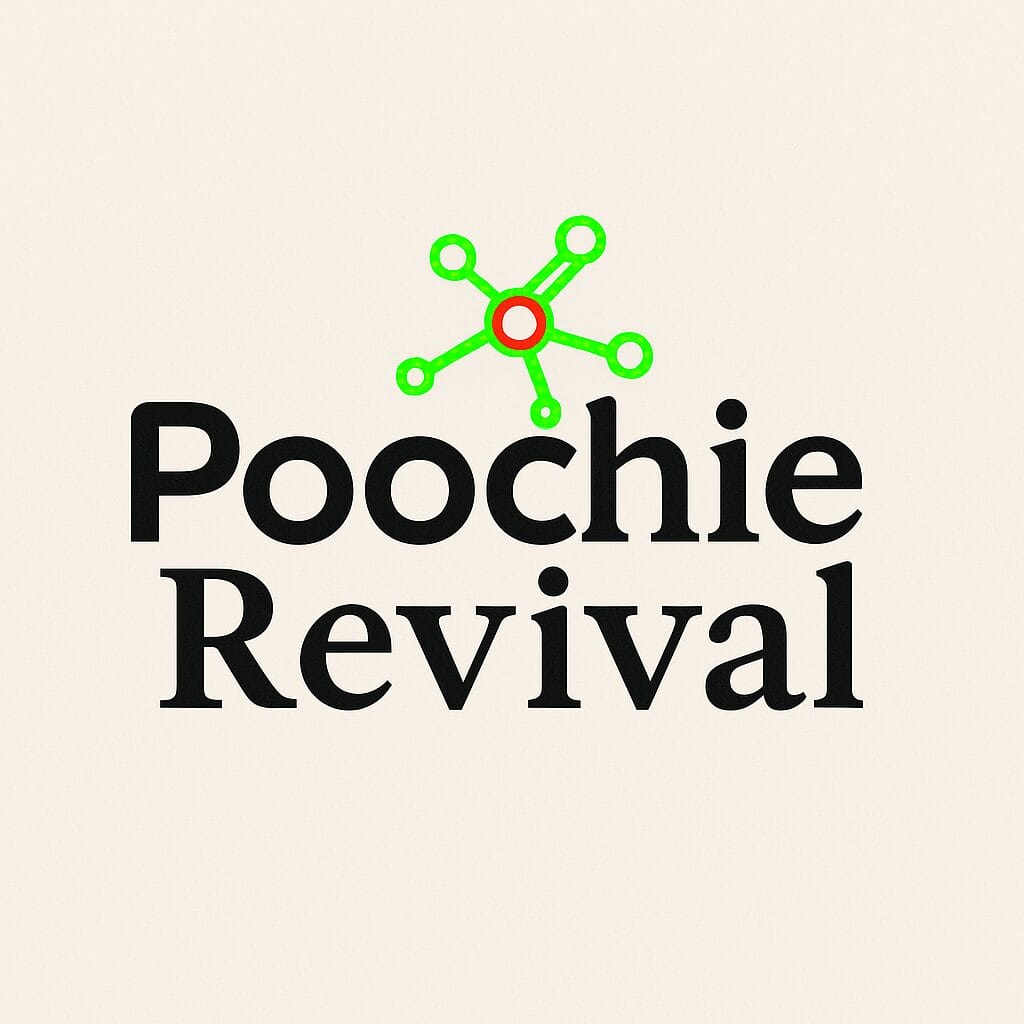We have all been taught a lot about vitamins, but only one rule has stuck with everyone: water-soluble vitamins are not stored, and fat-soluble vitamins are stored. It’s good that at least something has remained in our memory from school. Even if it’s the most trivial and partly even incorrect information.
Water-soluble vitamins include:
- Vitamin C
- B vitamins
Fat-soluble vitamins include:
- Vitamin A
- Vitamin D
- Vitamin E
- Vitamin K (although its forms are not actually considered vitamins and are included among vitamins for historical reasons and due to uncertainty)
Solubility is about transportation
Solubility only determines the route through which the vitamin is absorbed into the body. Nothing else. Water-soluble vitamins are not poorly stored because they are water-soluble. It is because they are abundantly and continuously obtained from food, and evolution has never had the need to store anything. Additionally, they are used in relatively large amounts all the time.
Fat-soluble vitamins are absorbed through the fat route. Vitamins A and D are obtained much less efficiently, which is the reason for their storage. Their consumption is also relatively less – which is also a bad generalization because water-soluble vitamin B12 is stored for years.
And it’s not that simple either. B vitamins have different derivatives, some of which are also absorbed with the help of fat. Vitamin B12 requires a separate carrier protein and is actually absorbed through protein pathways.
Stores everywhere
Another claim related to fat solubility is that they are stored in fat, in adipose tissue. Although vitamin D is found in adipose tissue – once again relatively speaking – slightly more than in other tissues, this is because there is more adipose tissue in one place than other tissues in their respective locations. In practice, vitamin D is distributed quite evenly throughout the body in all tissues.
Regarding fat stores, vitamin D is an exception. It is the only one that uses fat-containing tissues for storage. All others use the liver, which is why the liver is a real nutrient bomb, especially in terms of vitamin A. However, vitamin D stores are not as large as often thought. Humans have vitamin D stores for 6-8 weeks. In general, any overdose is eliminated from the body in two months, so there are limits to storage as well.
Since mammals use vitamin D in the same way as humans and since dogs have plasma levels exactly the same as humans, the same storage times likely apply to dogs as well. The only difference is that humans can produce vitamin D from the sun’s UVB radiation, but dogs are entirely dependent on their food. It can be said that from spring to autumn, vitamin D is not a vitamin for humans. For dogs, it is, regardless of the season and the licking of their coat.
There is also a little in the kidneys, because the kidneys, among other things, convert vitamin D into a form that can be used at all (in fact, vitamin D is converted several times, but the kidneys perform the actual activation – this is because the kidneys know whether more calcium is needed or not).
Vitamin E is fat-soluble, but it is not stored. And again, one must remember the basic role of vitamin E for the plant – they protect the plant’s fats, and fat solubility has no other significance, nor does non-storage matter at all. Vitamin C is also not significantly stored (in humans, the store is about two weeks), but that too is not related to water solubility. Vitamin C does in the watery parts of the plant the same as vitamin E does in the oil parts: protect. And since neither knows how to do anything other than be an antioxidant, both continue the same role in the consumer’s body.
Vitamin C is only included as an example because for dogs, vitamin C is not a vitamin. A dog’s liver produces vitamin C itself.
Does solubility matter?
No, it doesn’t. Solubility only tells about the properties of the vitamin, but in dog nutrition and vitamin dosing, it has no role or significance. Understanding the importance of solubility as a transfer path and what each vitamin does belongs to general knowledge.
In dog nutrition, the amounts of all vitamins and minerals must be taken into account. Their ability to be stored allows for less frequent than daily dosing, and this only applies to vitamin D and vitamin A. Storage is thus an exception in itself and is not related to fat or water solubility in any way.
As soon as there is a feeling that water solubility is a problem in nutrition, it is worth remembering that every mineral is water-soluble. And that too is not a problem for storage. In general, the whole concept of storage doesn’t even need to be considered. It’s enough to provide complete nutrition.



